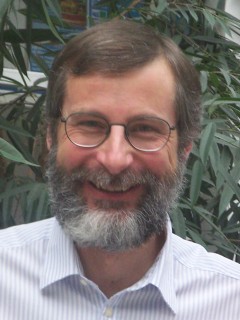 |
Advanced course onModeling of Localized Inelastic Deformationtaught by Milan Jirásekin Prague, Czech Republic, 19-23 September 2016 |
 |
 |
Advanced course onModeling of Localized Inelastic Deformationtaught by Milan Jirásekin Prague, Czech Republic, 19-23 September 2016 |
 |